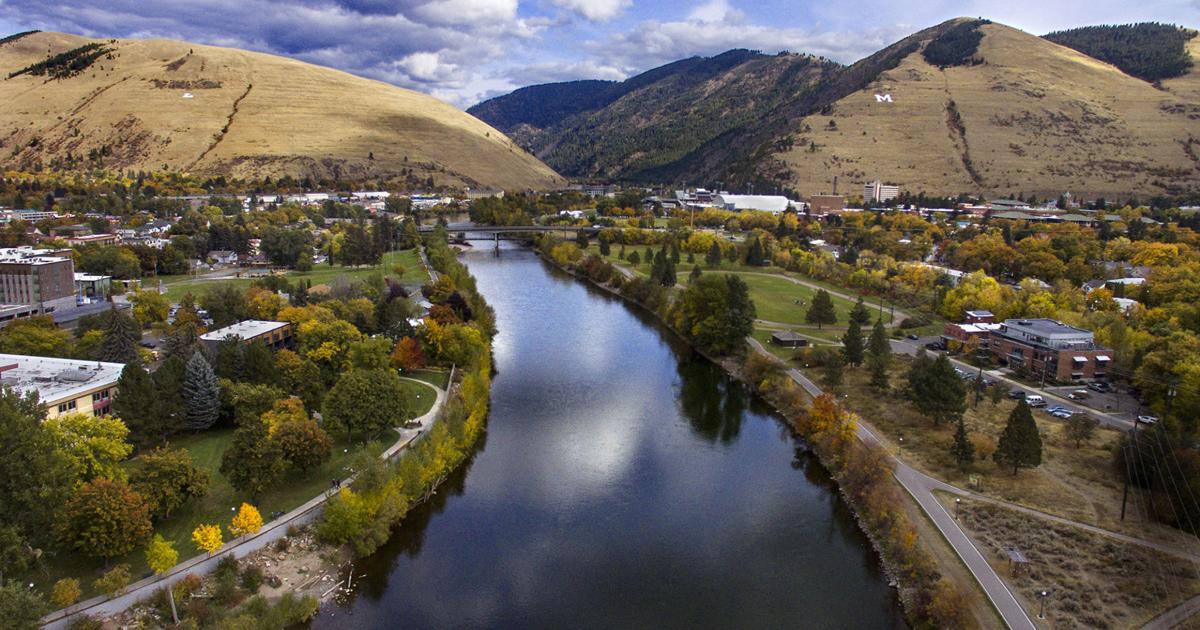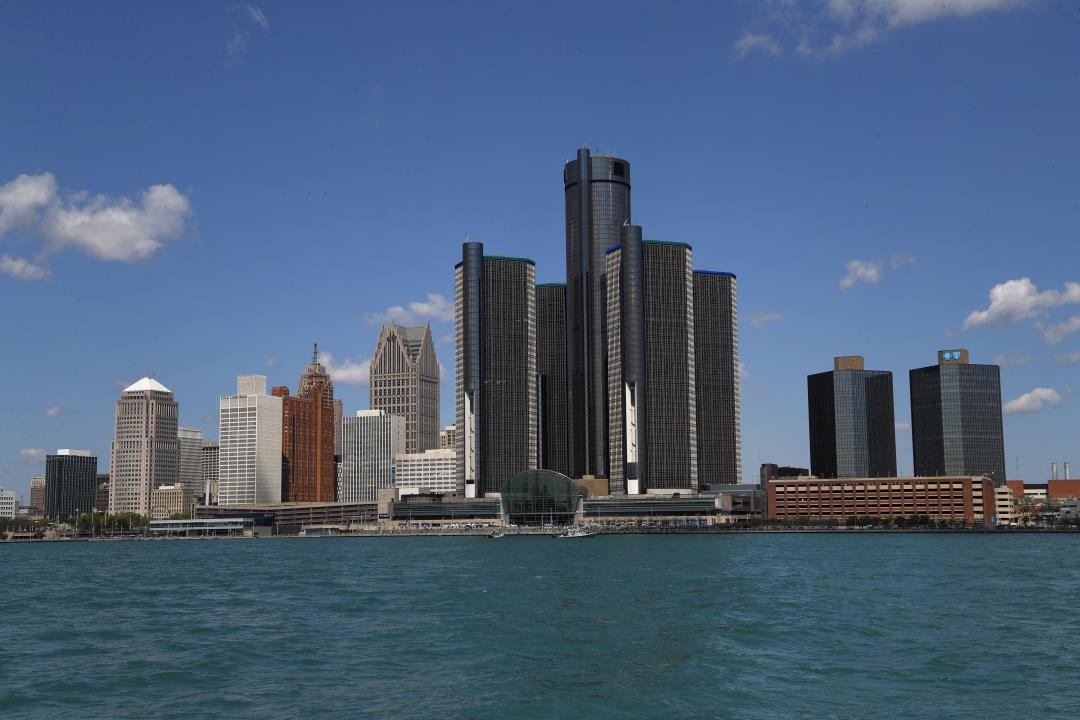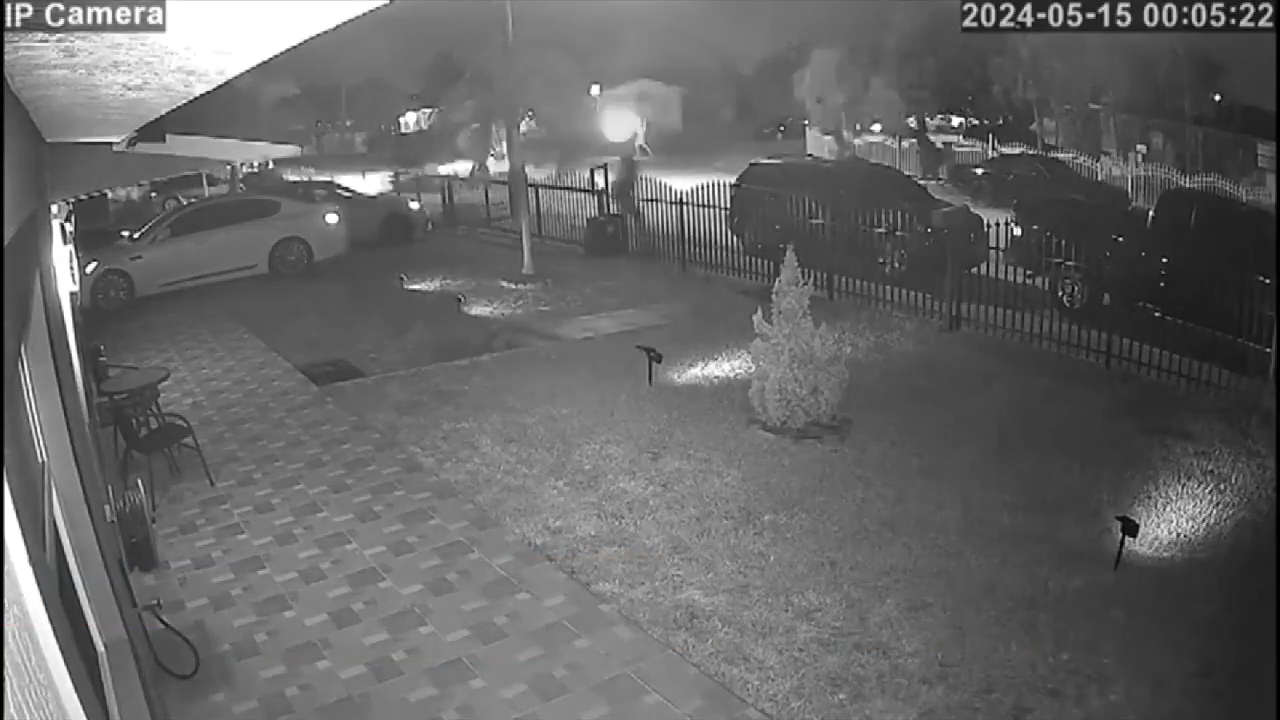In 2021, there were 30,060 new residents in Montana that had resided in a different state the previous year, according to the U.S. Census Bureau. About 4,278 of those people came from Arizona, followed by 3,740 from Washington.
Hopefully those new Montanans brought sunshine and salmon, respectively.
Only about 2,049 came from California, and 1,627 came from Texas. More than a thousand people each came from North Dakota, Nevada, Tennessee, Florida, Idaho and Nevada. Colorado and Wyoming each sent roughly 800 of presumably their best and brightest to live here.
If you are a person who lived in New Jersey, Louisiana, Delaware, Arkansas, Connecticut or Puerto Rico in 2020 and then came to live in Montana in 2021, the federal government doesn’t believe you exist. That’s because there were officially zero people recorded as moving here from those places during that time period, but there is a margin of error and the numbers are just estimates.
People are also reading…
The Census also allows people to see which counties people are moving from and to across the United States.
In terms of people moving to Missoula County from 2016 to 2020, more new residents — 1,029 — came from Flathead County than any other place. That was followed by hundreds of people from Cascade, Yellowstone, Gallatin and Ravalli counties, along with 424 people from King County in Washington, home to Seattle.
Inbound migration to Missoula County from 2016-2020.
Missoula County’s population is estimated to be 121,041 as of July 1, 2022, which is a 2.6% increase since April of 2020. The population inside city limits is estimated to be 76,955, a 3.8% boost since 2020.
Montana’s population is estimated to be 1,122,867 as of July 1, 2022. That’s a 3.6% change compared to April of 2020. The U.S. population overall grew by .6% in that time.
Montana was one of the places in the country that saw positive net migration from 2021 to 2022, but it didn’t see as many new residents as places like Florida, Arizona, Texas and large chunks of the southern United States. Urban areas like cities in California, New York, Chicago and Seattle saw lots of people leave as well.
A recent report from the U.S. Census Bureau found that, while there was a big pattern of people leaving dense, big-population areas for relatively unpopulated rural places during the pandemic, that trend has lost steam.
“The COVID-19 pandemic changed the U.S. population in many ways, including births, deaths and international migration,” said Census researchers Luke Rogers, Marc Perry and Lindsay Spell. “One of (the pandemic’s) more intriguing impacts was on domestic migration patterns. Some longstanding trends accelerated, such as outmigration from large urban areas in the Northeast, while other trends reversed, resulting in some small rural counties gaining rather than losing population.”
In 2019, the year before the pandemic, smaller counties with fewer than 30,000 people were steadily losing people.
In Montana, for example, 23 mostly rural counties lost population between 2000 and 2015.
“During the pandemic’s peak, between 2020 and 2021, this flipped, and these least-populous counties gained people through domestic migration,” the report’s authors wrote. “At the other end of the spectrum, the largest counties with populations of 1 million or more were losing people through domestic migration before the pandemic. But the pandemic exacerbated this outmigration substantially.”
In 2022, the weird trend slowed down, with smaller counties experiencing fewer new residents and the outflow of people from large counties slowing down as well.
“Many rural areas that gained domestic migrants during the pandemic saw those gains slow or reverse completely,” the authors wrote.
In the West’s Mountain Division (Arizona, Colorado, Idaho, Montana, Nevada, New Mexico, Utah, Wyoming) a net gain of domestic migrants slowed slightly in 2022.
David Erickson is the business reporter for the Missoulian.


































